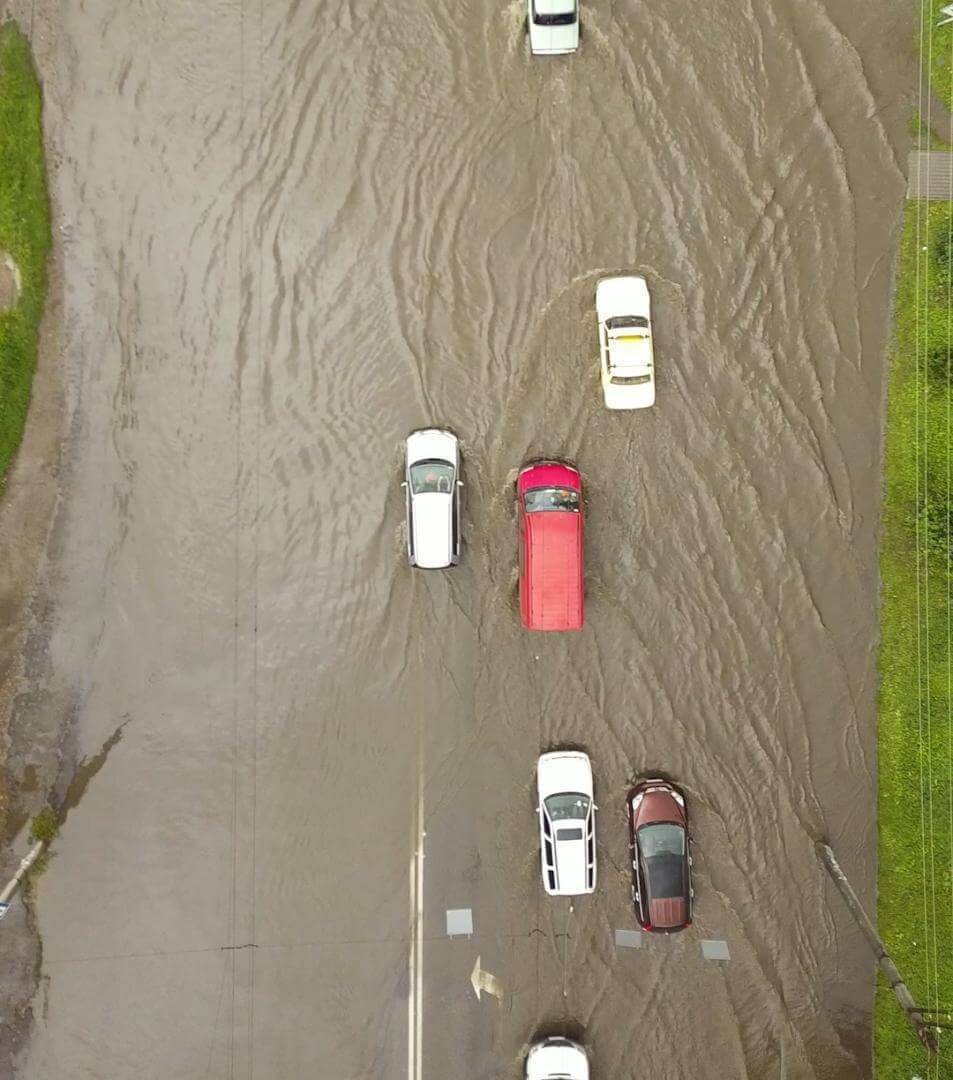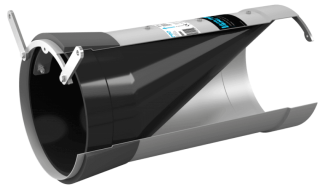Flooding: cause and affect in sewer and stormwater systems
A brief overview of the reasons behind increased flooding and the consequences for municipalities
The changes in the climate are causing sea level rise, increased storm surges and, as a result, an increase in the number of yearly floods. Let us take a quick dive into this subject and how the impact of these problems can be minimized in the future.
Find out how to minimize the impact of flooding. Download our eBook "Solutions for reducing flooding in municipalities using check valves".
What is the root cause of flooding?
For the last 27 years the sea levels have risen by almost 4 inches (100mm) - with an average of ⅛ inch (3.3mm) per year. It is partly attributed to the increase in ocean temperature, which causes sea water to expand. Another contributing factor is the added water from melting glaciers.
Sea level rise is, however, only a part of why flooding has become more frequent. More intense storm surges, caused by global warming, is another important reason. The combination of these factors makes coastal areas more exposed to being flooded than ever before and the problem is likely to increase in the future.
The amount of stormwater is also increasing in many geographical areas and the amount of storm water is less evenly spread. Rain and water melting from snow and ice is appearing in larger quantities.
Sources:
What are the consequences of flooding?
The consequences of flooding cause long term problems for inhabitants. It will also affect the environment in a negative way and generates major costs for cities and inhabitants. The financial impact will lead to higher taxes or that other important infrastructure projects will be delayed.
In some areas the problems are increasing and in other areas the problems with flooding will start to appear and become worse. Society needs to be one step ahead of the flood.
We have divided the consequences into the following three categories:
Problems for the environment
- Untreated water from water treatment plants and pump stations can be transported to the sea
- When flooding occurs stormwater can be polluted and more easily transport environment toxins to the sea
Problems for inhabitants
- Costs for decontamination and insurance of houses and wastewater sewers
- Bad smell in buildings
- Private property that cannot be relocated will be affected
Problems for cities and communities
- The society will be affected and stop functioning as usual
- Saltwater can damage roads and buildings so it can be necessary to rebuild or repair
- Saltwater can damage cars and public transportation equipment
- Flooding can have a major impact on cultural objects and buildings
- Long term costs will arise for rebuilding infrastructure and buildings
- Short term costs will arise for decontamination, rescue, and insurances
A quick look at a few of the problems
High tide flooding - effects and consequences for sewer water systems
When the water level is rising in seas and rivers, water can start to flow backwards in the sewer and stormwater systems. This might lead to water level reaching the pump stations emergency overflow. The pump stations might also start to pump cleaned water to the water treatment plants. The backwards flow of water can also lead to flooding on streets, basements and in wastewater systems.
Consequences of high tide flooding
- When the wastewater treatment plant is flooded it needs to treat already clean water on top of the normal wastewater flow. A wastewater treatment plant constructed for a specified daily flow cannot handle increased water flows effectively. This will increase costs for wastewater treatment
- The treatment itself will also become less effective. Seawater can affect the bacteria that is used for treating wastewater. Water that is not treated according to specifications will reach the sea. This leads to an increased environmental impact and fines can be raised for not treating wastewater in line with environmental rules and regulations
- It can lead to flooding in the wastewater system and flooding on streets and in-house basements
- Seawater can affect the wastewater plant, bacteria that is used for cleaning will be affected
Stormwater overload - effects and consequences for sewer water systems
Water from rain and snow melt will flow into the stormwater system via stormwater drains, but it can also be added via leaks in the systems and indirect flow via the ground from illicit connections (for example houses).
This might lead to the stormwater system being flooded. An overloaded stormwater system can impact wastewater systems, pump stations and wastewater treatment plants.

Consequences of stormwater overload
- Flooding in basements will occur if stormwater penetrates the wastewater system
- The consequence of a wastewater treatment plant and/or a pump station being overloaded is that they might need to dump toxic water into the sea
- Stormwater overload might also lead to treatment plant overload as stormwater flows to the wastewater treatment plant can put stress on plants capacity where the wastewater treatment plant needs to treat already clean water. The pump stations need to pump more water which leads to increased wear and tear on equipment and increases operational as well as maintenance costs
The solution to the problem is implementing modern check valves
Modern check valves correctly configured and mounted in the correct positions in the stormwater system will minimize the problems caused by flooding.
See how a modern check valve works in action in this video.

